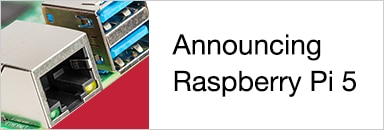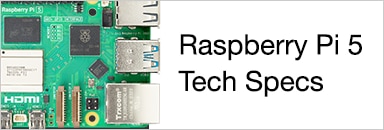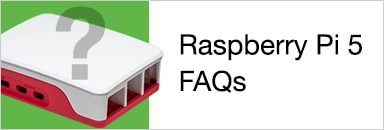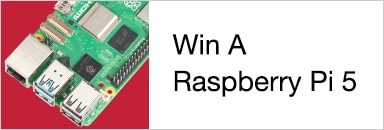Hi guys! As you know, we're putting together a Raspberry Pi-powered arcade machine, so we can live firmly in the past (where all the good stuff happened) and revel in the joys of retro video games!
Among the various challenges we're faced with in adapting our new cabinet is interfacing the controls with a Raspberry Pi, so I thought I'd ask for a few suggestions from the people in the know (that's you).
Joysticks & Buttons
In principle this is a very simple task, because the arcade controls are just micro-switches. They could go straight onto the GPIO pins, with a bit of cunning software running on the Pi to turn the inputs in HID keyboard presses. The emulator recognises these straight out of the box, making it a very neat and efficient way to interface the controls.
However, the problems arise from there not being enough GPIO inputs for the number of controls we need. So what can we do to either increase the number of inputs, or maybe even go in a totally different direction, such as converting it all to use a USB input of kind? Would love to hear some creative suggestions from you guys on the subject.
List of Inputs
Here's a breakdown of the number of inputs we need to get the arcade machine up and running. Each input can just be considered a simple switch -- nothing clever needed with analogue controls or the likes. This is purely on/off digital simplicity. Just a lot of them.
| Input Number | Function |
|---|---|
| 1 | Player One - Left |
| 2 | Player One - Right |
| 3 | Player One - Up |
| 4 | Player One - Down |
| 5 | Player One - Button 1 |
| 6 | Player One - Button 2 |
| 7 | Player One - Button 3 |
| 8 | Player One - Button 4 |
| 9 | Player One - Button 5 |
| 10 | Player One - Button 6 |
| 11 | Player One - Start |
| 12 | Player Two - Left |
| 13 | Player Two - Right |
| 14 | Player Two - Up |
| 15 | Player Two - Down |
| 16 | Player Two - Button 1 |
| 17 | Player Two - Button 2 |
| 18 | Player Two - Button 3 |
| 19 | Player Two - Button 4 |
| 20 | Player Two - Button 5 |
| 21 | Player Two - Button 6 |
| 22 | Player Two - Start |
| 23 | Coin/Credit (a single input from the coin mechanism, rather than one for each player) |
| 24 | Exit Game (a button to bring players out of the game, and back to the emulator) |
| 25 | Select Game (for choosing a game to play from the emulator's list) |
| 26 | Pause |
| 27 | Spare (just in case) |
| 28 | Spare |
| 29 | Spare |
| 30 | Spare |
Your thoughts on a post card, please!





